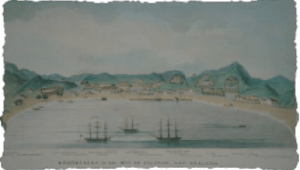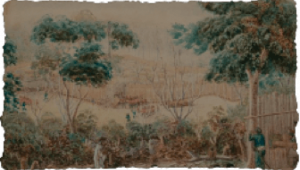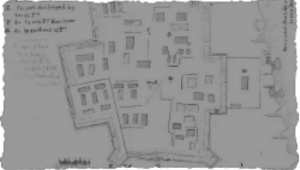
Visiting
Te Ruapekapeka



Getting there
From South
From Whangarei, drive north along State Highway 1 for 35 km. At Towai, turn right onto Ruapekapeka Road and follow it for 4 km. You will see signs for Ruapekapeka and the carpark 300 meters beyond the intersection where Ruapekapeka Road meets Kawakawa Road. The road is unsealed and narrow in places so take care.
The car park is signposted, and it can easily accommodate camper vans.
From North
Drive south along State Highway 1. The turn-off into Ruapekapeka Road is about 14 km from Kawakawa. The car park is signposted, and it can easily accommodate camper vans.
Walks at Te Ruapekapeka
To the Pā
From Whangarei, drive north along State Highway 1 for 35 km. At Towai, turn right onto Ruapekapeka Road and follow it for 4 km. You will see signs for Ruapekapeka and the carpark 300 meters beyond the intersection where Ruapekapeka Road meets Kawakawa Road. The road is unsealed and narrow in places so take care.
The car park is signposted, and it can easily accommodate camper vans.
To the British Main Camp
For those who are especially interested, there is also a track going north from the car park, through paddocks and to the location of the British Main Camp.
The British Camp looks just like any other paddock – but there are archaeological traces hidden beneath the ground surface. These traces will be revealed and interpreted over the next few years.
Download links mobile application
Mobile Application download for IOS and Play Store. Click on image below to proceed to link:
Respecting and protecting the site
Ruapekapeka is a wahi tapu or sacred site, and blood was shed here. Please respect the site.
- Do not climb on or into the historic features.
- Please do not take food onto the site. A picnic area is located near the car park.
- Do not light fires.
- Please take your rubbish away with you.
- It is illegal to remove or disturb any artefacts or other historic remains.
- Do not camp on the reserve.
- Please shut gates.
- Because of holes, uneven surfaces and water hazards, take care when exploring the reserve and supervise children at all times.





